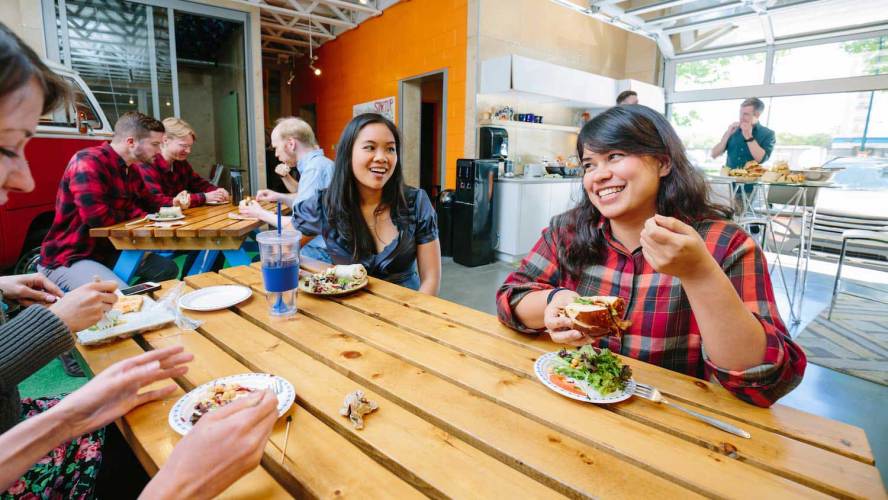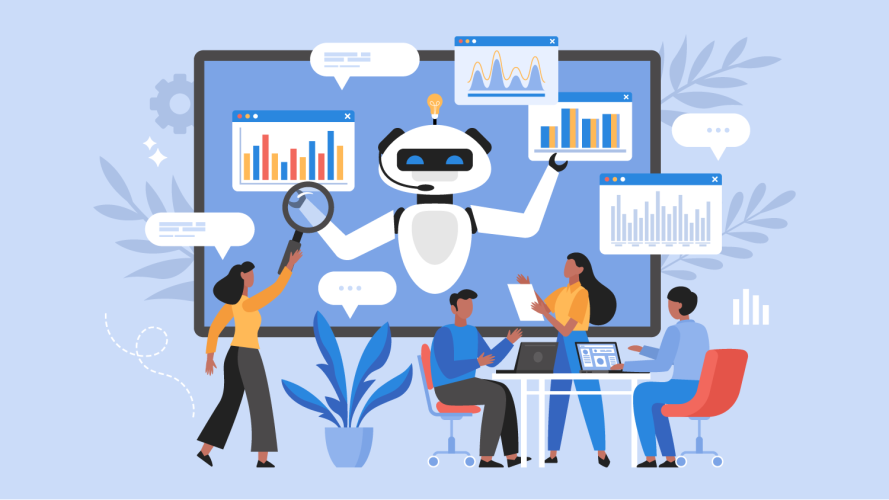Why the Employee Has Become the #1 Stakeholder for Every Business



As we enter our second year of the pandemic, the employee emerges as the top stakeholder, requiring a new operating model moving forward.

Georges Smine
Years ago, Sir Richard Branson, founder of the Virgin Group, made public statements championing the importance of putting employees first. The thinking was (and still correctly is) that taking care of employees means they will be more engaged in their work, leading to better results, especially in winning and satisfying customers. At the time, this stated philosophy could have been dismissed as self-evident or part of a passing management trend, but subsequent studies and publications corroborated Sir Branson’s viewpoint repeatedly.
Today, the concept of business as a platform for change has inspired every business leader to put a renewed zeal on the importance of elevating the employee to a primary stakeholder. Prior to coronavirus, the war for talent had been at the center of employee-first thinking and frequently atop management discussions. Now it has become paramount to success.
2020: Saving workplace culture
2020 shifted employee-first thinking into overdrive. The rollercoaster ride we experienced, from enduring lockdowns to working remotely, forced businesses to focus on their employees in a new way.
Organizations altered how they operated by ensuring employees’ health, safety, and productivity. Not limited just to coronavirus protocols, efforts also included work-from-home ergonomics, mental health, and an abundance of communication. To sustain productivity, businesses put digital experiences at the forefront of their operations, and those that had already embraced digital transformation reacted more quickly.
With technology helping address productivity, companies faced the added challenge of sustaining workplace culture. As a business seeking agility, behavioral adaptations, and growth, how do you retain your culture amidst a crisis when interactions are limited to videoconferencing, chat, and email? Culture is the glue that holds a company together; it’s reflected in how you communicate, how you operate, and how you uphold your values.
To successfully live your culture, you have to focus on the employee and their sense of belonging— and support them in a new operating model.
Want to empower your employees?
Learn how to enable your #1 stakeholders to support their communities and the causes they care most about.



Prioritizing employee and community wellbeing
As the events of 2020 unfurled, we saw prioritizing purpose and employee-community relations gaining traction. While every business continues to focus on profitability, COVID-19 has heightened businesses’ determination to serve a better — or bigger — purpose.
A September 2020 report by Harvard Business Review Analytic Services showed 89% of companies surveyed after the start of the pandemic had directed their corporate purpose to employee health and safety. In addition to providing essential workers a safe working environment with new safety protocols, they also considered the health, safety, and wellbeing of employees and their families. Employees continue to need the support of their families and communities, which encompass schools, neighbors, hospitals, grocery stores, and more.
With the events sparked by the death of George Floyd, which led to nationwide calls for racial equality and justice, employees faced another dimensional challenge: They had to parse out the impact these events had on their community and understand their company’s stance around these issues. Of the companies surveyed in HBR-AS research, 47% said they immediately reviewed their company’s diversity, equity, and inclusion (DEI) program after the protests, with at least 43% choosing to increase focus on employee resources and offer racial justice training.
Even more, in a report by Beagle Research from June 2020, 64% of business leaders across small, medium-sized, and large businesses said the pandemic inspired them to think about how to better support their community, especially those who took actions to contribute to racial justice.
From employee handbook to employee operating model
Veteran industry analyst Rebecca Wettemann of Valoir collaborated with HR Executive magazine to study the challenges HR leaders faced in dealing with employee productivity, health, and community issues. The study showed HR leaders found an increased need to support corporate social responsibility (CSR) and DEI, yet 60% reported receiving no budget increase since early 2020 to tackle this.
One approach to do more with less? Rely on employee resource groups (ERGs) to shoulder much of the burden in facilitating crisis management and communication. This came to light following the protests for racial justice, in which ERG leaders initiated internal dialogues around race issues, which rallied peers and provided support for all employees.
We learned from the research and Salesforce customers that to effect lasting change and scale any sort of operations, technology, and employee empowerment help accelerate initiatives and achieve desired results. These three reports brought together examples of how to build an operating model to succeed when dealing with constraints. They also showed stronger evidence that business leaders desire instilling a stronger sense of purpose in their cultures and giving back to society.
Indeed, businesses supported their communities and committed to local or national causes ranging from health to racial justice. Leaders also encouraged their employees to give back, reducing restrictions on matching donations, and providing the flexibility to volunteer virtually or in person as needed.
As we start emerging from the pandemic in 2021, we expect companies and human resources leaders will go beyond simply defining policies in their employee handbooks. Where health, safety, and policy are paramount, many companies will synthesize CSR, DEI, and ERG objectives and put them into a living employee operational model. Brian Kropp, chief of research for the HR practice at Gartner, summed it up succinctly: Employers will shift from managing the employee experience to managing the life experience of their employees.
And Salesforce can help. In particular, Salesforce.org Philanthropy Cloud empowers your company to live your values and retain your culture by putting the employees first and making them your number one stakeholder.
To learn more about adding an employee operating model to your company, contact us directly here.
This blog post is the fifth and last of a series on corporate purpose. Explore the previous entries:
- Post 1: The Case for Prioritizing Corporate Purpose, by Ebony Beckwith
- Post 2: How to Lead With Purpose: 6 Ways to Get Started in 2021, by Cecile Poyet
- Post 3: How HR Departments are Embracing Corporate Social Responsibility During the Pandemic, by Sarah Anderson
- Post 4: How Corporate Philanthropies Pivoted with Purpose in 2020, by Devi Thomas























